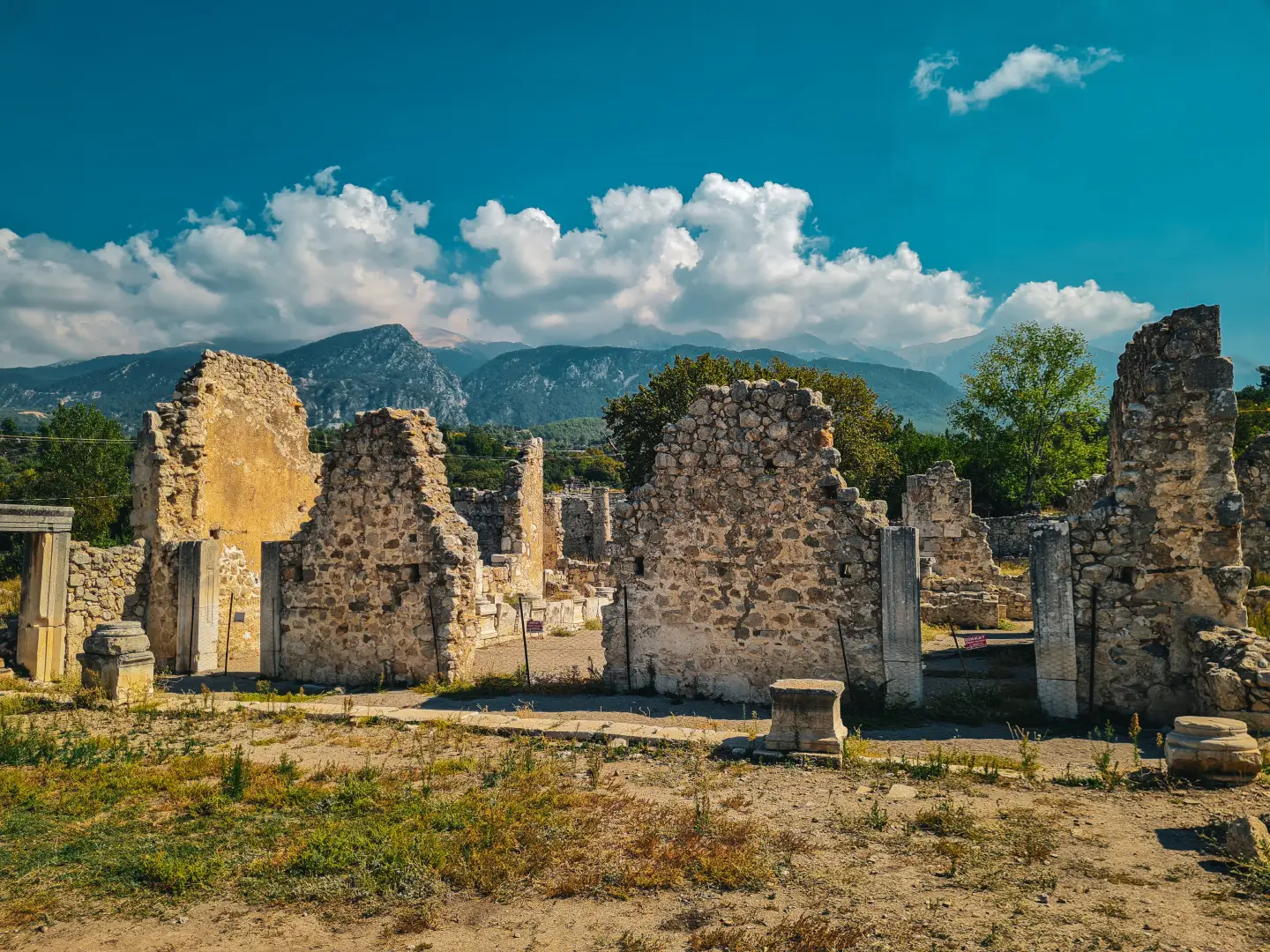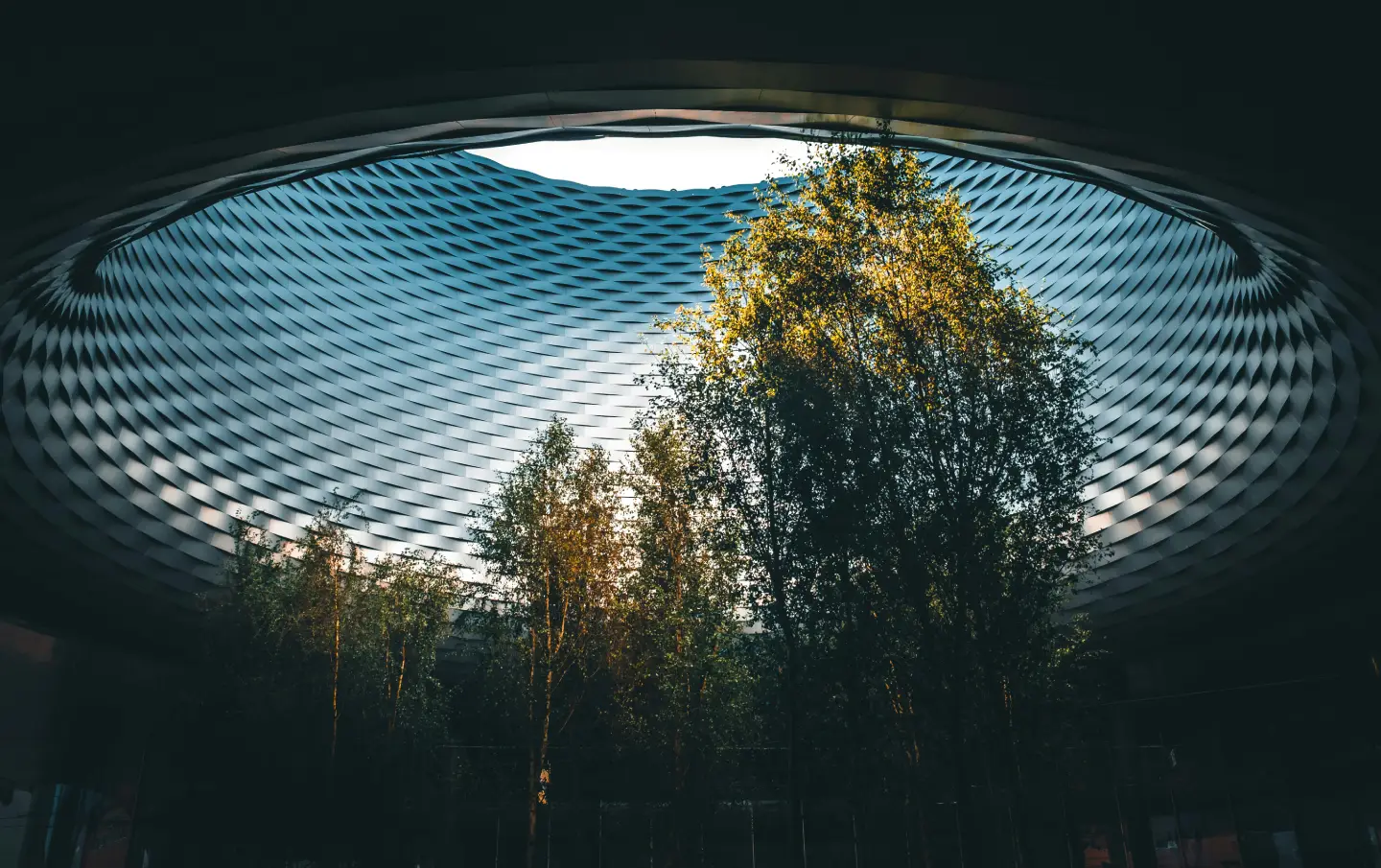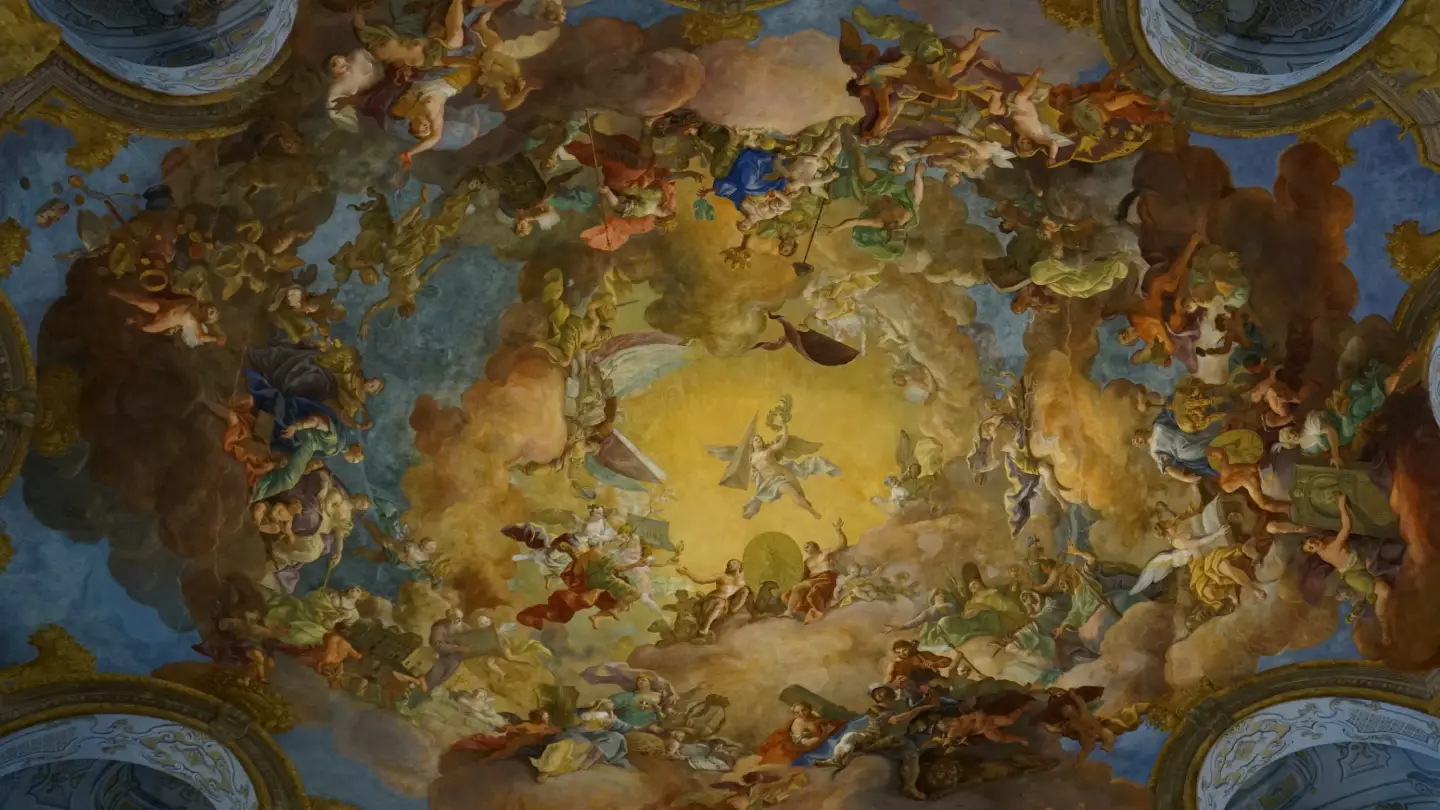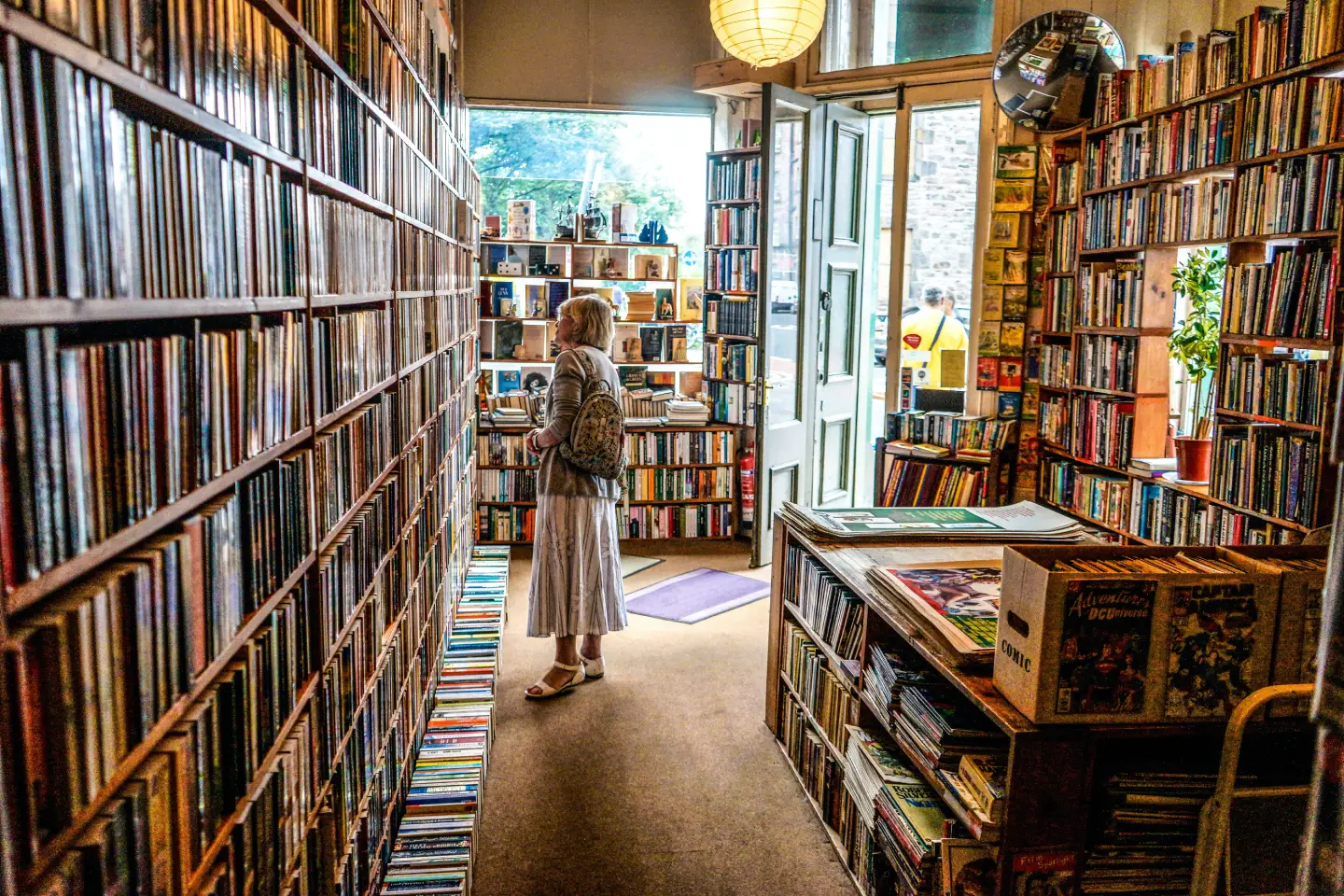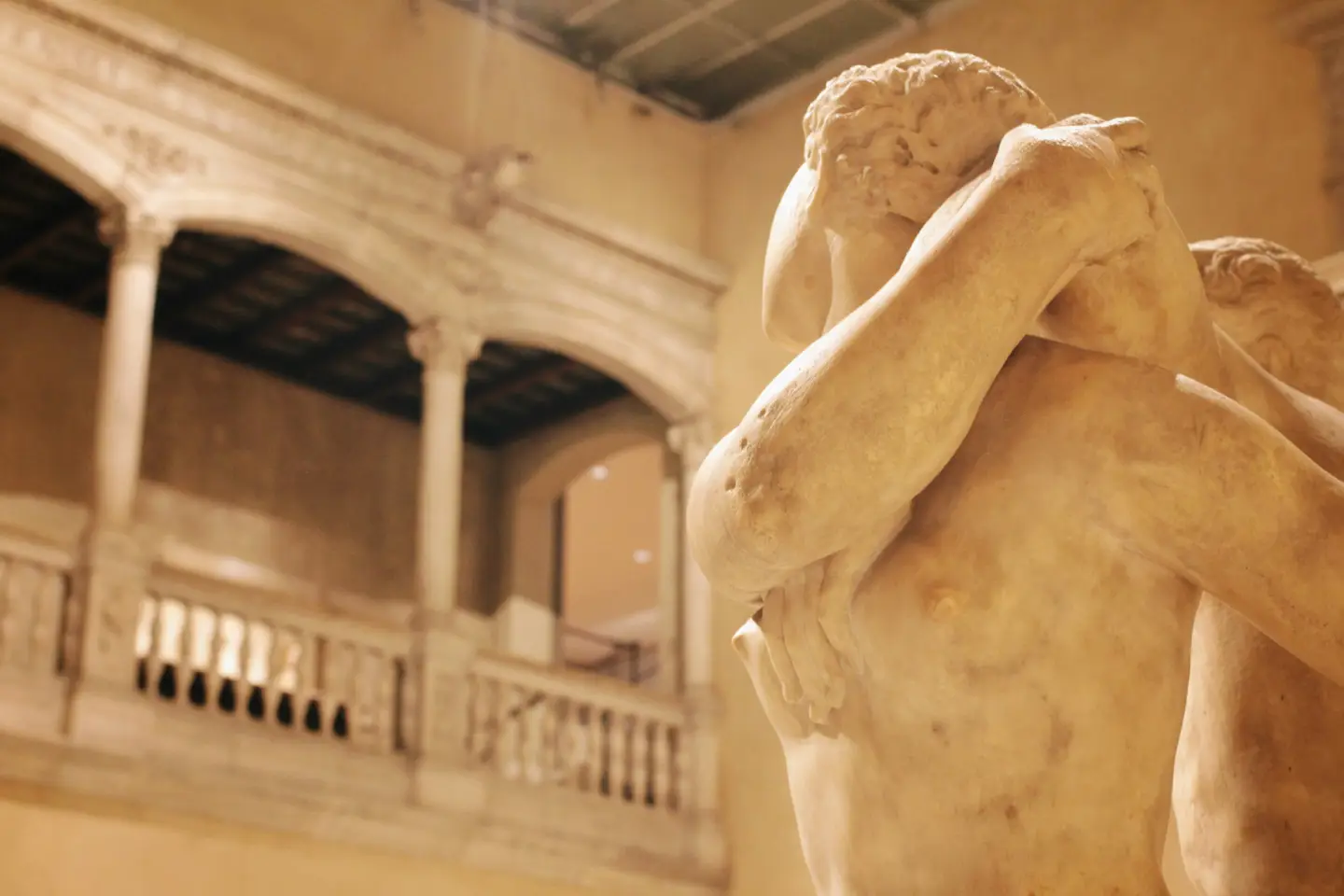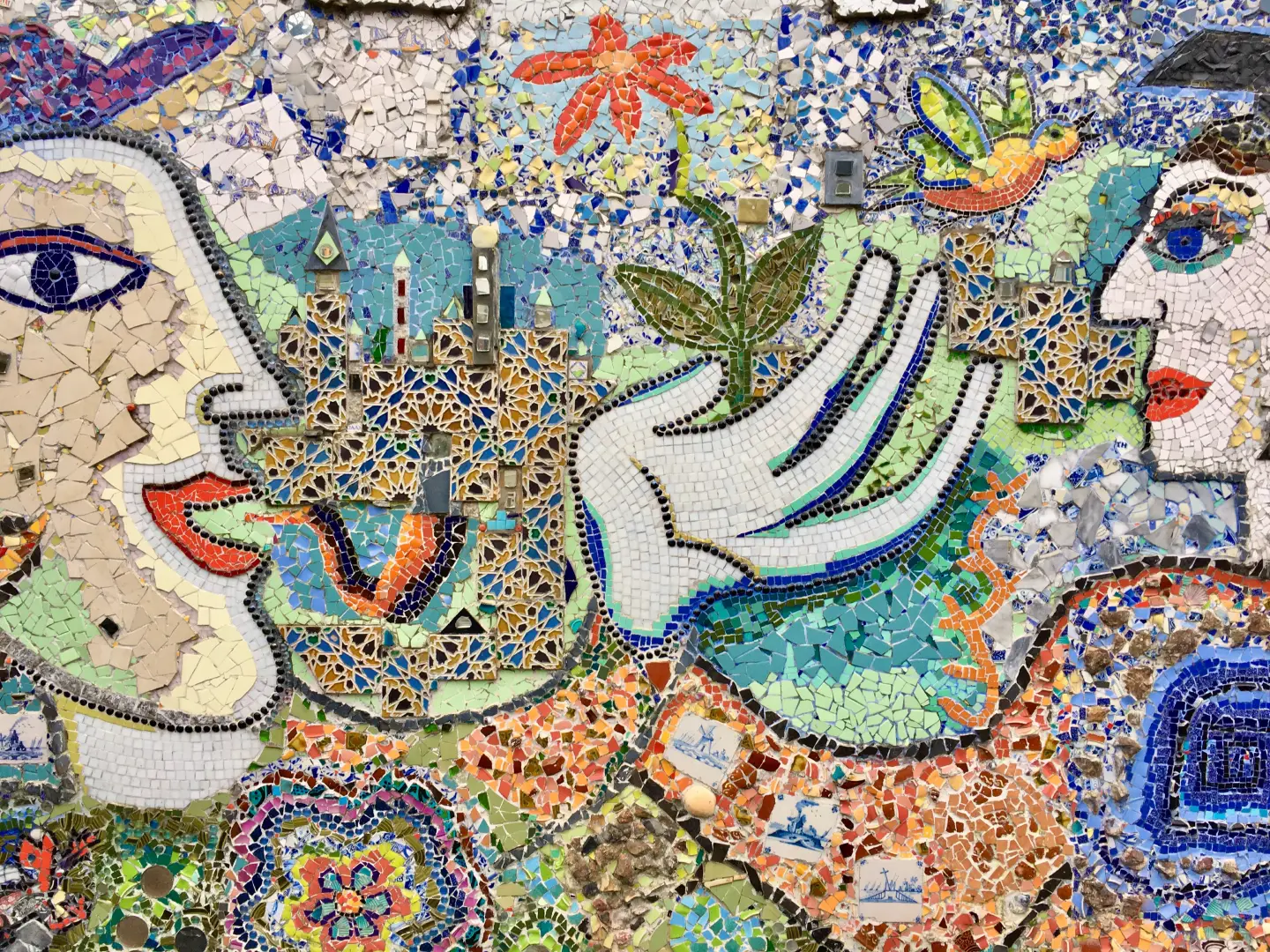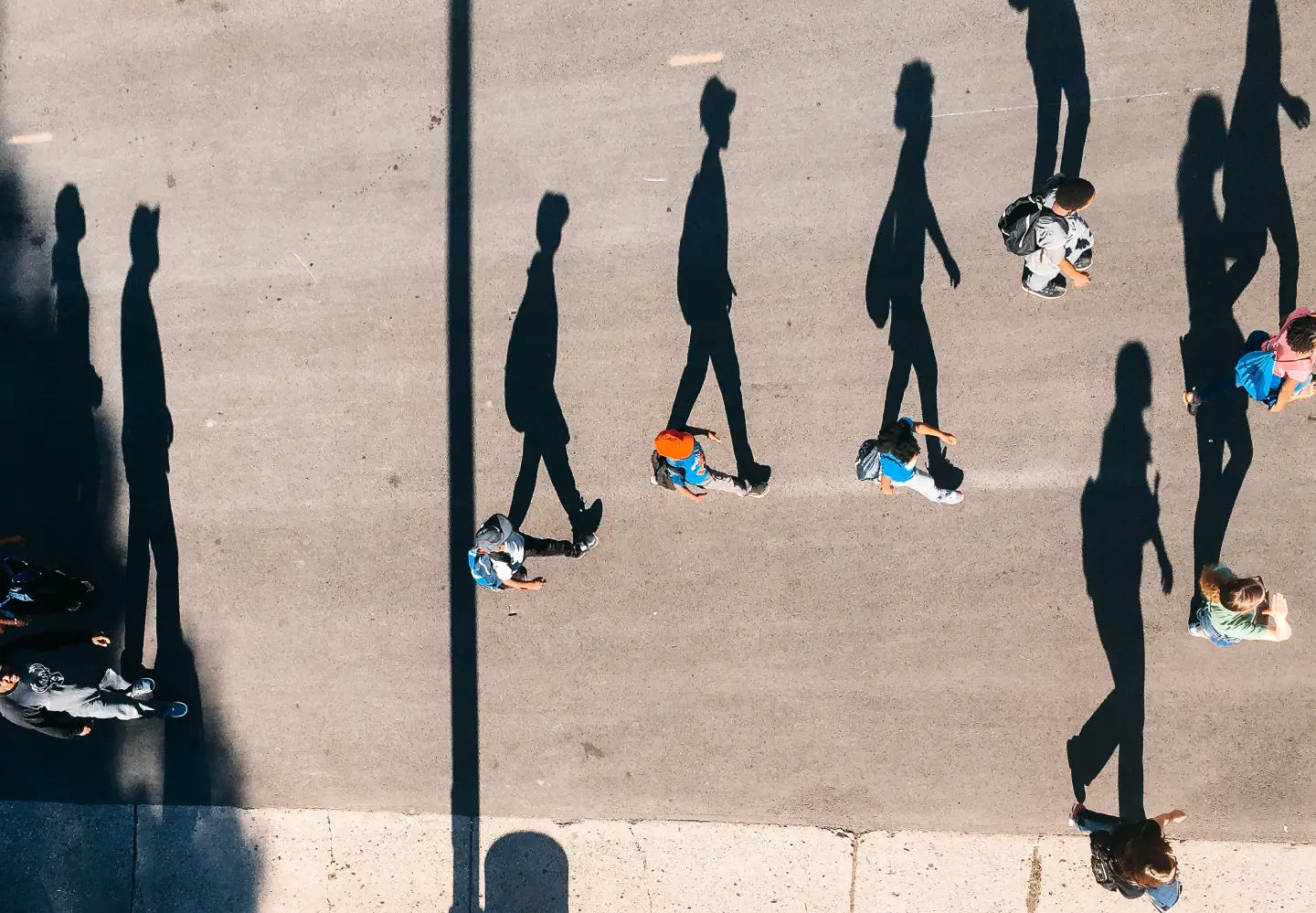
17 Jan Casting Away the Shadows of the Past: Navigating the Delicate Balance of Legacy and Innovation in 2024
Shadows of Legacy: Navigating the Duality of Historical Influence
The annals of history, rich with wisdom and lessons, often cast long shadows upon the present. These shadows, while offering a foundation, can sometimes become chains, binding creators to ancestral stigmas and the artistic movements of yore. The weight of what has been can, at times, stifle the potential of what could be, leading to a creative impasse where the new is constantly measured against the old.
Weighing Innovation Against Ancestral Chains
Yet, the question arises: Is it truly imperative to cast away the entirety of the past to birth something genuinely novel? Or is there merit in building upon the legacy, in weaving the new with the threads of the old? This inquiry challenges the notion of a clean break from tradition and invites consideration of the enriching possibilities that arise when innovation and continuity harmoniously coexist, fostering a creative tapestry woven with the wisdom of history.
Merging Antiquity with Modern Innovation
This ethical dilemma is as old as creation itself. On one hand, there’s the allure of the blank canvas, the promise of uncharted territory where one’s imagination can run wild, unburdened by precedent. On the other hand, there’s the rich tapestry of history, filled with masterpieces and milestones that have shaped the course of art and thought. Conversely, there exists the allure of the rich tapestry of history, woven with masterpieces and milestones that have profoundly influenced the trajectory of art and thought, presenting a compelling argument for the preservation and incorporation of the past into the fabric of the new.
Breaking Tradition While Engaging with History
Consider the Renaissance, a period of profound rebirth and innovation. While it heralded a new age of art, science, and philosophy, it did not arise in isolation. It was profoundly rooted in the classical traditions of Greece and Rome, drawing inspiration from ancient texts and artifacts. The genius of Leonardo da Vinci, Michelangelo, and Raphael was not in discarding the past but in building upon it, in merging the wisdom of antiquity with the innovations of their time.
Balancing Roots and Wings for Creators
Similarly, modernist movements, while breaking away from traditional forms, often engaged in a dialogue with the past, challenging, critiquing, and reinterpreting it. The works of James Joyce, T.S. Eliot, and Virginia Woolf, though groundbreaking, were steeped in historical, literary, and cultural references. Their creations stood as a testament to the intricate interplay between innovation and tradition, as they not only broke away from established norms but also actively challenged, critiqued, and reinterpreted the rich tapestry of the past, infusing their works with a depth of historical and cultural resonance.
Embracing a Harmonious Coexistence of Past and Present
Thus, the true challenge for creators is not in choosing between the past and the present but in finding a harmonious balance between the two. It’s about recognizing the value of legacy while also embracing the potential of innovation. It’s about understanding that while the past offers roots, the future provides wings. The creative endeavor becomes a delicate dance between honoring the established foundations that have shaped one’s journey and fearlessly venturing into uncharted territories, recognizing that, in this dynamic interplay, the past offers sturdy roots while the future unfolds as a realm of limitless possibilities, providing the wings for creative exploration and evolution.
The Art of Creating a Mosaic of Continuity and Change
In conclusion, casting away the shadows of the past is not about erasure but about illumination. It’s about shedding light on the old while also making space for the new, creating a mosaic where history and innovation coexist, enriching each other in a dance of continuity and change.

